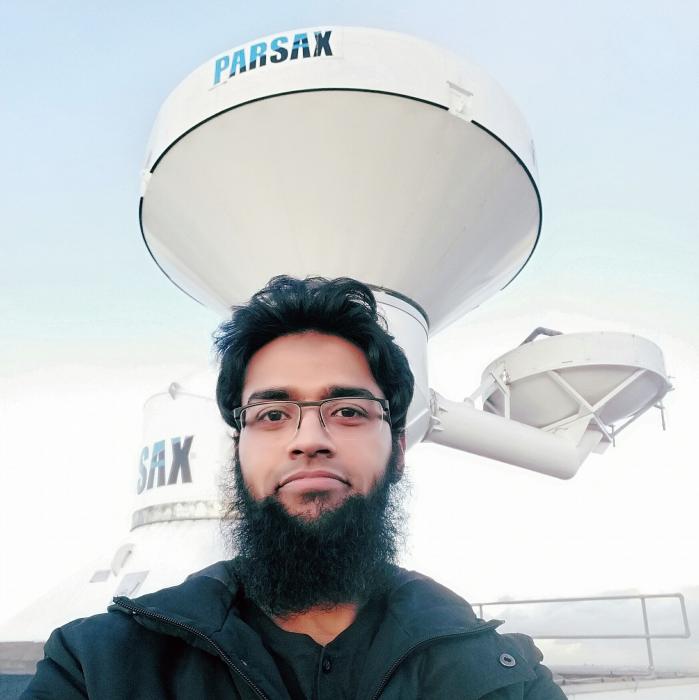Agenda
Master thesis defence
- Friday, 23 August 2019
- 10:00-12:00
- Vassiliadiszaal (HB 09.150)
Multi-Channel Waveform Agile Radar: Experimental performance evaluation of Advanced Space-Time Adaptive Processing (ASTAP) radar system
Ahmed, Sheeraz
Recent advancements in Multiple Input Multiple Output (MIMO) radar techniques has created a paradigm shift in the overall radar technology to increase degrees of freedom in multi-function radar capabilities. The underlying principle of MIMO transmissions is to use colored transmission by simultaneously radiating specific waveforms from each antenna elements/sub-arrays in different directions to achieve ‘space-time coding’. This can be explained as colored spatial distribution (multiple coded beams to probe the radar environment) instead of the white spatial distribution (single wide beam), such that the transmitted signals are now function of time as well as space. Recently, a novel multi-channel waveform agile demonstrator namely ASTAP (Advanced Space-Time Adaptive Processing) radar system has been designed and developed in Microwave Sensing, Signals and Systems (MS3) group, capable of generating and transmitting independent arbitrary waveforms specific for each transmit channel simultaneously . It consists of eight transmit channels with a single receive channeland hence can also be called as co-located Multiple-Input Single Output (MISO) radar. However, the transmission of different coded waveforms with a radar system such as ASTAP demonstrator requires that the desired measurements exclude the unwanted system response as much as possible. This includes waveform amplitude distortion, RF channels cross-talk and phase-misalignment, microwave components gain/phase variations and antenna mutual coupling. These effects can disturb the transmission signal waveforms and the orthogonality between them severely. For system performance analysis and beamforming applications, Over-the-Air (OTA) measurements have been done to eliminate the ASTAP system response significantly and obtain the near-ideal waveform responses. Furthermore, it is investigated that to what extent it is possible to separate signals corresponding to each transmit channel from the composite received signal in a single receive channel. This study is extended further to generate and transmit two orthogonal beams occupying the same frequency band simultaneously and the corresponding transmit radiation patterns are recovered from the composite received signal matched filtering. Finally, conclusions along with future aspects and recommendations have been discussed.
